Electric vehicles (EVs) have made major strides in performance, range, and adoption, but there’s one crucial area where questions still linger: longevity.
While traditional gas-powered vehicles have decades of data to back up claims of durability, the EV market is still relatively young — and not all EVs are built to the same standard.
Some models quietly and reliably cross 200,000 miles with minimal battery degradation or drivetrain issues. Others, unfortunately, start falling apart before they even hit 60,000.
With the growing shift toward electrification, buyers are paying closer attention to long-term value. After all, EVs are often positioned as low-maintenance alternatives to internal combustion cars — but that promise doesn’t always hold up.
From premature battery failure and failing infotainment systems to drivetrain defects and faulty charging modules, some EVs simply weren’t engineered for the long haul.
This article dives into both ends of the spectrum. First, we’ll highlight five EVs that have proven they can go the distance, providing reliability and efficiency long after the warranty expires.
Then, we’ll shift focus to five EVs that have earned reputations for early failures and costly post-60K-mile headaches. For EV buyers seeking peace of mind, knowing which cars last — and which don’t — has never been more important.
Also Read: 5 Cars With Original Clutches After 200k and 5 That Need Replacements Yearly
5 EVs That Actually Last 200,000 Miles
The perception that EVs are disposable or short-lived is beginning to fade — and that’s largely thanks to a handful of models that have quietly proven their ability to endure.
While skeptics once believed that EV batteries would degrade significantly before 100,000 miles, real-world data and owner experiences now show that some electric vehicles can surpass 200,000 miles with grace and minimal degradation. These cars don’t just survive — they thrive well beyond typical ownership cycles.
Why do some EVs last longer than others? It comes down to battery management, thermal regulation, drivetrain simplicity, and build quality.
The best long-lasting EVs use well-engineered battery packs, robust software algorithms to prevent overcharging and overheating, and quality components that don’t start rattling apart with age.
They’re not necessarily the most glamorous EVs on the market, but they’re the ones that keep showing up with six-figure odometers and few complaints.
For buyers looking to own an EV for the long haul — or those buying used — this matters. A car that’s still performing after 200,000 miles can save thousands in replacement costs and retain value better over time.
These EVs also tend to avoid the “planned obsolescence” feeling that plagues some newer models, where updates stop or components wear out too soon.
This list highlights five EVs that have earned their reputation for durability. These vehicles aren’t immune to occasional maintenance needs, but they stand out because their core systems — especially the battery and electric motor — hold up year after year.
Whether used as fleet workhorses, ride-share vehicles, or daily commuters, they’ve proven their staying power in a market still trying to define what “long-lasting” really means for electric cars.
1. Tesla Model 3
The Tesla Model 3 has emerged as one of the most important electric vehicles of the modern era — and not just for its performance, range, or sales figures. It’s also become a benchmark for EV longevity.
While it’s known for its fast acceleration and tech-forward design, what often gets overlooked is how many Model 3s are crossing 200,000 miles with minimal battery degradation and only routine maintenance.
Real-world data from high-mileage owners and fleet operators — including Uber and Lyft drivers — shows that the Model 3, especially Long Range and RWD variants, can hold up surprisingly well over time.
Many of these vehicles have retained over 85–90% of their original battery capacity at 150,000 to 200,000 miles.
That’s largely thanks to Tesla’s sophisticated battery management system, which controls charging rates, temperature, and state-of-charge behavior to prevent wear and overheating.
Another factor is the Model 3’s drivetrain simplicity. With no oil changes, timing belts, or transmission fluid to worry about, the maintenance demands are lower than gas cars — and lower than many other EVs with more complex setups.
Even wear items like brakes last longer due to Tesla’s aggressive regenerative braking system, which reduces friction use.
There have been some issues — such as early build quality inconsistencies, paint problems, and occasional glitches with the infotainment screen — but these are rarely mechanical in nature.
The Model 3’s core components, including its electric motors, inverter, and battery packs, are proving to be exceptionally resilient. Tesla’s over-the-air (OTA) updates also help improve efficiency and fix minor bugs, which can extend the usability of the car over time.
Another reason the Model 3 ranks highly on the longevity scale is Tesla’s ongoing support for older vehicles.
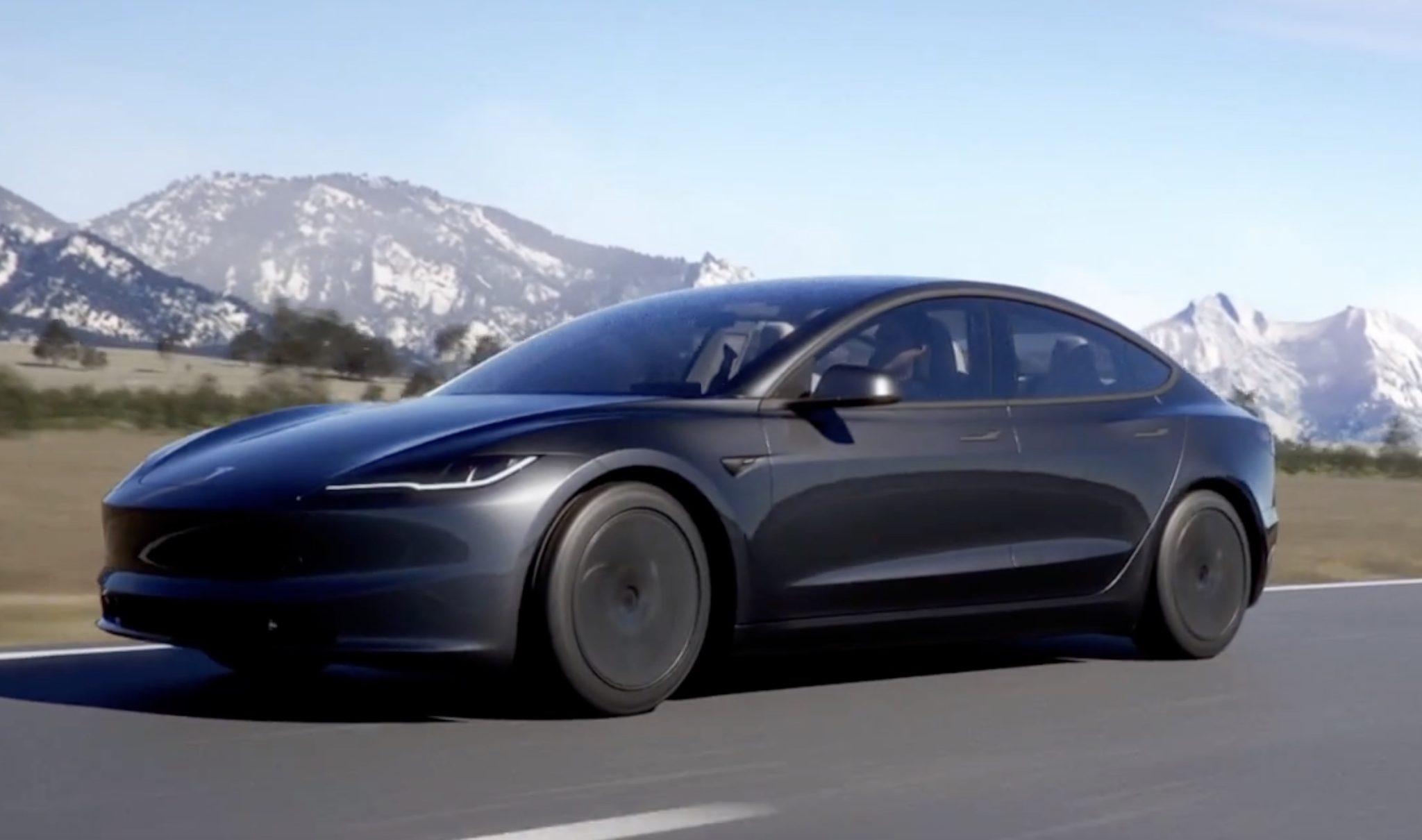
Owners of earlier models still receive updates and have access to battery diagnostics, remote service tools, and mobile technician support — something that’s rare in a fast-evolving EV market where older tech often gets left behind.
For those looking for an EV that can truly go the distance, the Tesla Model 3 is one of the most reliable long-haul options available.
Whether you’re driving 20,000 miles a year or 50,000, it’s built to endure, and thousands of high-mileage examples on the road today are the proof.
2. Chevrolet Bolt EV
Despite its controversial early years and highly publicized battery recall, the Chevrolet Bolt EV has proven to be one of the most durable electric vehicles on the road today.
While it doesn’t carry the brand cachet of Tesla or the luxury of European rivals, the Bolt quietly delivers what many EV buyers are really after: reliable, efficient, long-term service. And now that the battery issue has been fully addressed with full-pack replacements, the Bolt has reemerged as a high-value, high-mileage workhorse.
Owners across North America have reported Bolts easily crossing 150,000 to 200,000 miles with little more than basic maintenance — tire rotations, cabin filters, and occasional brake servicing.
Thanks to its regenerative braking system, even the brake pads tend to last well beyond expectations.
Its simplicity is one of its biggest advantages. There’s a single motor, a direct drive transmission, and a well-calibrated thermal management system that keeps the battery healthy, even during high-usage cycles or in varying climates.
GM’s battery management software is conservative by design, which means the Bolt rarely gets pushed to its limits — and that’s a good thing for longevity.
Many drivers still see less than 10% battery degradation after well over 100,000 miles, with some reporting ranges that are nearly identical to when the car was new.
The battery recall, while damaging to public perception, ironically gave many older Bolts a new lease on life — with brand-new packs installed under warranty.
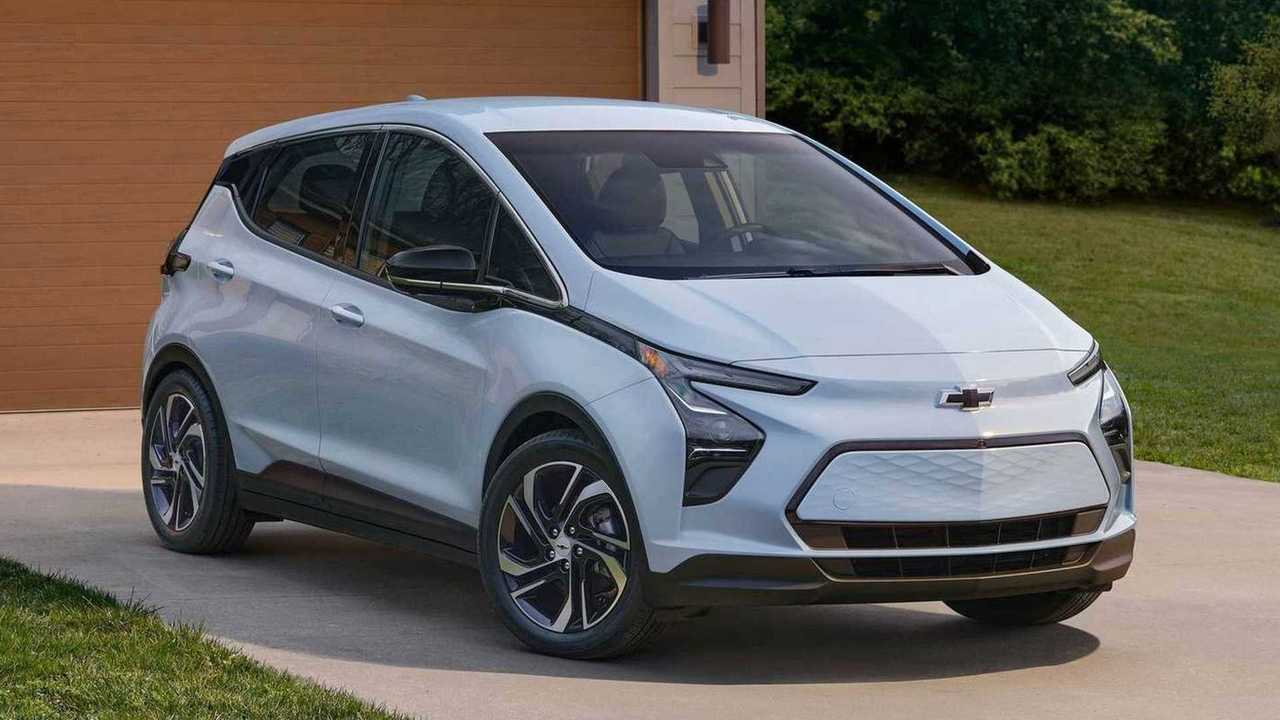
Interior wear has also proven surprisingly minimal. While not luxurious, the Bolt’s build quality is solid for a sub-$40K EV. Electronics, displays, and climate controls tend to hold up well, and the infotainment system is basic but reliable, especially after software patches addressed early quirks.
While newer EVs from GM are on the horizon, many Bolt owners are choosing to hang on to theirs — especially post-recall. The vehicle offers predictable range, durable components, and a low total cost of ownership that rivals even top-tier hybrids.
If you’re looking for an affordable EV that you can confidently push beyond 200,000 miles, the Chevrolet Bolt EV now stands as a compelling choice — one that’s earned its reputation the hard way: by lasting.
3. Nissan Leaf
The Nissan Leaf is one of the original pioneers of mainstream electric mobility. First launched in 2010, it has more than a decade of real-world data to back up its reliability, and many early Leafs are still on the road today — including some that have crossed 200,000 miles.
While it doesn’t get the attention of newer or flashier models, the Leaf has quietly proven itself as one of the most dependable EVs ever built.
A big reason for this durability is its simplicity. The Leaf’s drivetrain is remarkably straightforward, and Nissan has spent years refining its electric motor and power delivery.
Models built after 2013, and especially the second-generation Leaf (2018 and onward), come with better battery management systems and thermal protection, improving both performance and longevity.
The earlier models lacked active thermal battery management, which could lead to faster degradation in hot climates. However, Nissan compensated with conservative software, limiting fast-charging speed and avoiding deep discharges that typically shorten battery life.
As a result, in cooler climates or for urban commuting, early Leafs are still running strong well into high-mileage territory.
The newer Leaf Plus models, equipped with a 62 kWh battery and improved powertrain electronics, fare even better.
These models have shown low degradation levels even after 100,000–150,000 miles, and the addition of more robust internal cooling has allowed for greater long-term performance.
While Nissan still doesn’t use liquid cooling, the improvements to passive management have worked well in most real-world driving conditions.
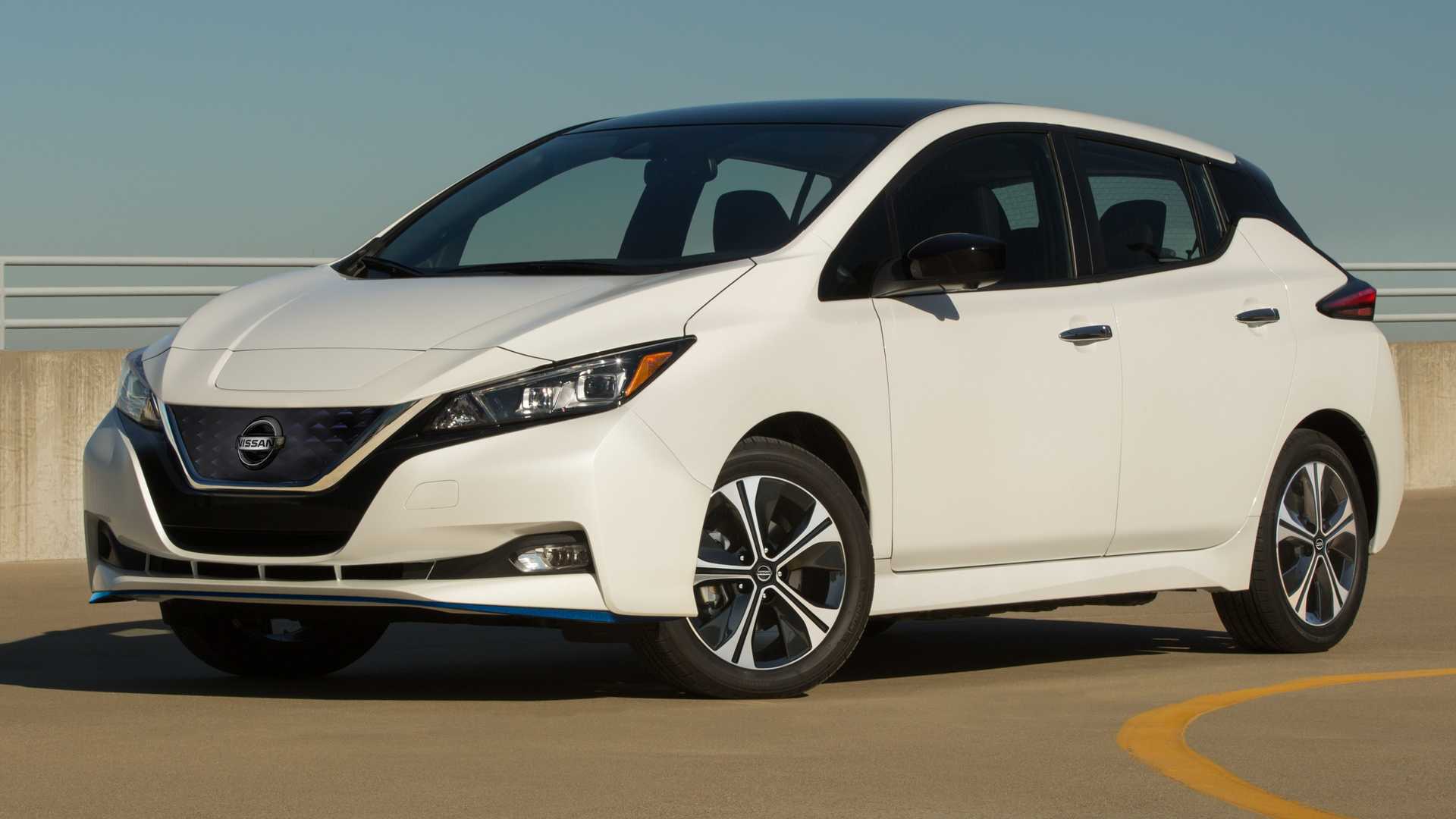
Another unsung benefit of the Leaf is how well its mechanical and cabin components hold up. The suspension, steering, and HVAC systems are all reliable, and the interior materials, though basic, age gracefully.
It’s also inexpensive to maintain, with fewer moving parts than a gas-powered car and none of the complexity that plagues many luxury EVs.
If you’re not chasing cutting-edge design or maximum range and just want an EV that quietly does its job — for years and years — the Leaf is hard to beat.
It’s an especially smart buy on the used market, where high-mileage examples continue to deliver dependable, low-cost driving well past the 200,000-mile mark.
4. Tesla Model S
The Tesla Model S isn’t just a milestone in EV history — it’s one of the earliest proof points that electric vehicles can go the distance, literally and figuratively. Since its debut in 2012, the Model S has proven capable of lasting well beyond 200,000 miles.
In fact, several early-production units have already logged over 300,000 miles with their original drivetrains, and in some cases, even the original battery pack.
What makes the Model S stand out in terms of longevity is its combination of cutting-edge engineering and over-the-air (OTA) support. Tesla doesn’t abandon its older vehicles.
Even first-generation Model S owners still receive software updates that refine features, improve range management, and optimize battery efficiency — something unheard of in most legacy automotive ecosystems. This continued support keeps older Model S units feeling current, long after their warranty periods have expired.
Battery performance is key to any EV’s longevity, and Tesla’s liquid-cooled battery architecture gives the Model S a major edge. With proper charging habits, most owners report less than 10% degradation after 150,000–200,000 miles.
Tesla’s software actively manages temperature and charge levels to prevent harmful wear, especially during supercharging sessions and extreme climate conditions.
Mechanically, the Model S has also proven solid. While suspension components and door handles have been pain points on some older models, the core powertrain — motor, battery, inverter — is impressively robust.
The regenerative braking system reduces wear on traditional brakes, and fewer moving parts means fewer opportunities for breakdowns.
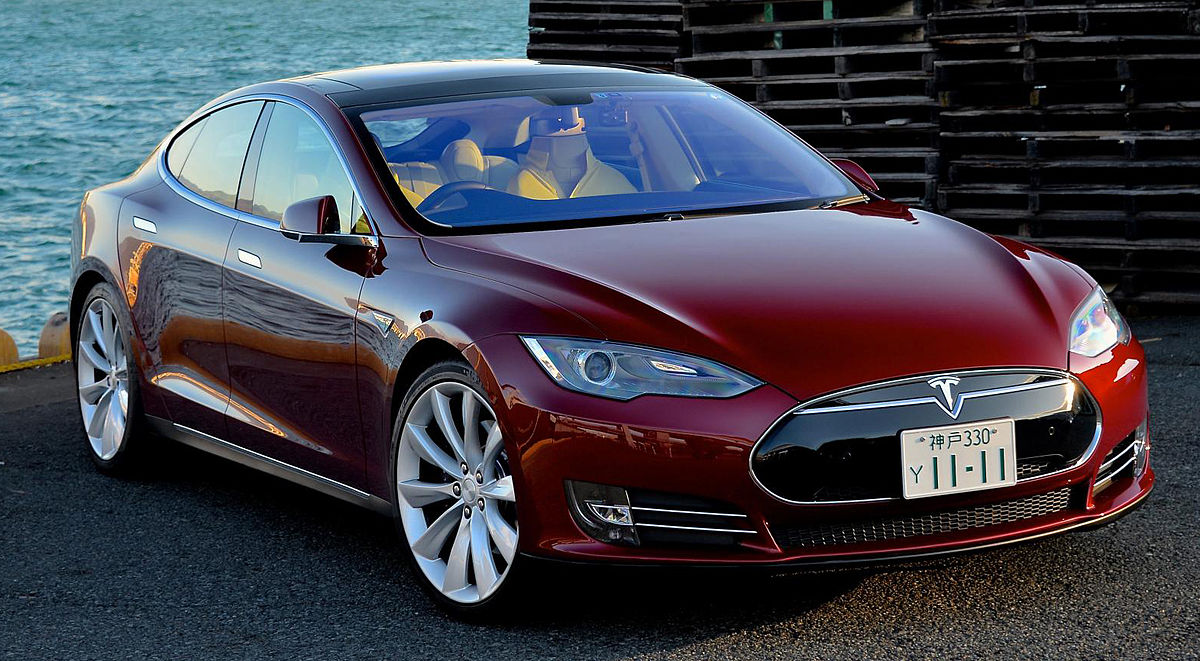
Interior and electronic component quality has varied by production year, but overall, the Model S holds up well. Its minimalist design helps reduce the number of points of failure, and even when cosmetic issues arise, they rarely affect the car’s drivability. Tesla’s mobile service fleet also makes repairs easier, especially for common wear items.
If you’re looking for a long-haul EV that offers high range, strong performance, and a proven track record of endurance, the Tesla Model S deserves serious consideration.
It’s not just a premium EV — it’s a high-mileage machine that’s quietly redefining what “long-term ownership” means in the electric era.
5. Hyundai Kona Electric
The Hyundai Kona Electric may not have the brand prestige of Tesla or the historical clout of the Nissan Leaf, but when it comes to durability, this compact crossover punches well above its weight.
Since its global debut in 2018, the Kona Electric has earned a reputation for quiet dependability — and many owners are now racking up 150,000 to 200,000 miles with little more than standard maintenance.
One of the biggest strengths of the Kona Electric is its balanced design. The 64 kWh liquid-cooled battery offers a healthy real-world range (about 250–270 miles per charge), while its conservative thermal management and smart battery software help extend long-term battery health.
Reports show that many Konas experience less than 10% battery degradation even after high mileage and regular DC fast charging, which speaks to Hyundai’s well-executed thermal control strategy.
The powertrain — a single front-mounted motor delivering about 201 horsepower — is remarkably reliable. It’s smooth, quiet, and doesn’t strain under normal use. Regenerative braking reduces wear on the pads and rotors, and the direct-drive system means there are fewer mechanical components to wear out over time.
What also makes the Kona Electric stand out is how few “nuisance” issues it develops over time. The infotainment system is stable, connectivity features are solid, and the vehicle avoids the buggy software behaviors that plague many EVs in this price range.
Hyundai’s warranty support, including its 10-year/100,000-mile powertrain and battery warranty, provides added reassurance — and many vehicles exceed those milestones without triggering major claims.
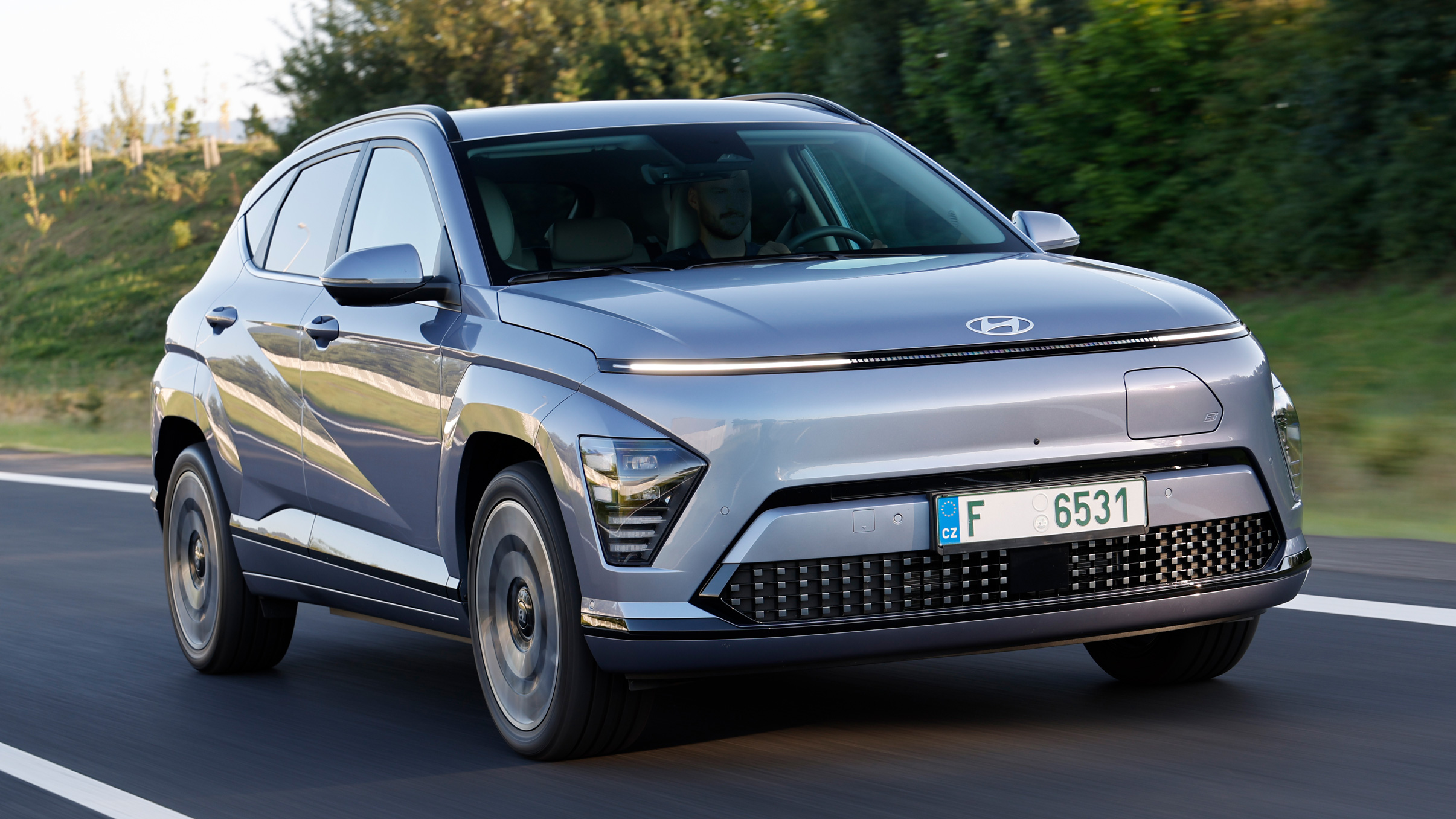
While it’s not the roomiest or flashiest EV, the Kona Electric is built with care. Interior materials age well, controls remain responsive, and owners report very few complaints when it comes to comfort or functionality — even after years of use. It’s also a favorite among fleet and commercial drivers who need something efficient and hassle-free.
For those who want a dependable daily EV without spending luxury money, the Hyundai Kona Electric delivers peace of mind in spades.
It’s a reminder that you don’t need bells and whistles to build a car that lasts — just smart engineering, a solid battery, and the restraint to focus on what matters most: longevity.
5 EVs That Start Falling Apart After 60,000 Miles
Not all electric vehicles are built to last — and for every EV that cruises comfortably past 200,000 miles, there’s another that starts unraveling just as the factory warranty ends.
While EVs are often marketed as low-maintenance and long-lasting, some models suffer from premature wear, failing components, and frustrating software problems that rear their heads after the 60,000-mile mark.
And unlike traditional cars, these issues often have nothing to do with the drivetrain — but rather with tech, electronics, or poor build quality.
Many early EVs were built during a time of experimentation, where automakers were still figuring out how to integrate battery packs, thermal systems, and software.
Some brands rushed to meet emission targets or jump on the EV bandwagon, delivering vehicles that looked great on paper but weren’t engineered with durability in mind.
The result? Cars that develop electrical gremlins, suffer major battery degradation, or begin showing troubling signs of neglect far too early in their lifecycle.
In this section, we’ll look at five EVs that have become known for falling short once they cross 60,000 miles.
Whether it’s range loss, touchscreen failure, drivetrain noise, or charging system breakdowns, these vehicles struggle to provide the long-term peace of mind buyers expect.
For those shopping on the used market — or planning to keep an EV long-term — these are the models to approach with caution.
1. BMW i3
The BMW i3 was one of the earliest premium electric vehicles to hit the mainstream, and while its futuristic design and carbon-fiber construction initially turned heads, long-term ownership has exposed significant issues — especially once it crosses the 60,000-mile mark.
What began as a bold step into the electric future has, for many owners, turned into a lesson in early-adopter regret.
The i3 suffers from a range of aging issues, both mechanical and electronic. One of the most common complaints is rapid battery degradation, particularly in earlier models.
Owners often report losing 20–30% of range by 60,000–80,000 miles, especially in warmer climates where the i3’s limited thermal battery management proves inadequate.
With a maximum original range of just over 100 miles in early trims (up to 153 miles in later models), any range loss becomes a major usability issue.
The drivetrain also hasn’t aged well. Reports of rear-axle noise, motor hum, and power delivery hesitation become more common as the mileage increases. The unique narrow tires, designed for efficiency, tend to wear quickly and are expensive to replace.
Suspension components like bushings and control arms also show signs of early fatigue, often requiring attention sooner than expected for a vehicle in this class.
Electronics are another weak point. The infotainment system — already dated by modern standards — becomes laggy and occasionally unresponsive with age.
Bluetooth and navigation bugs have persisted even with software updates. Some owners report display screen failures and sensor glitches related to parking assist and traction control.
Repair costs can also be steep. The i3’s exotic materials, including a carbon-fiber-reinforced plastic body shell, may be great for weight savings, but they complicate repairs. Parts are specialized and not always readily available, which translates to higher labor bills and long service wait times.
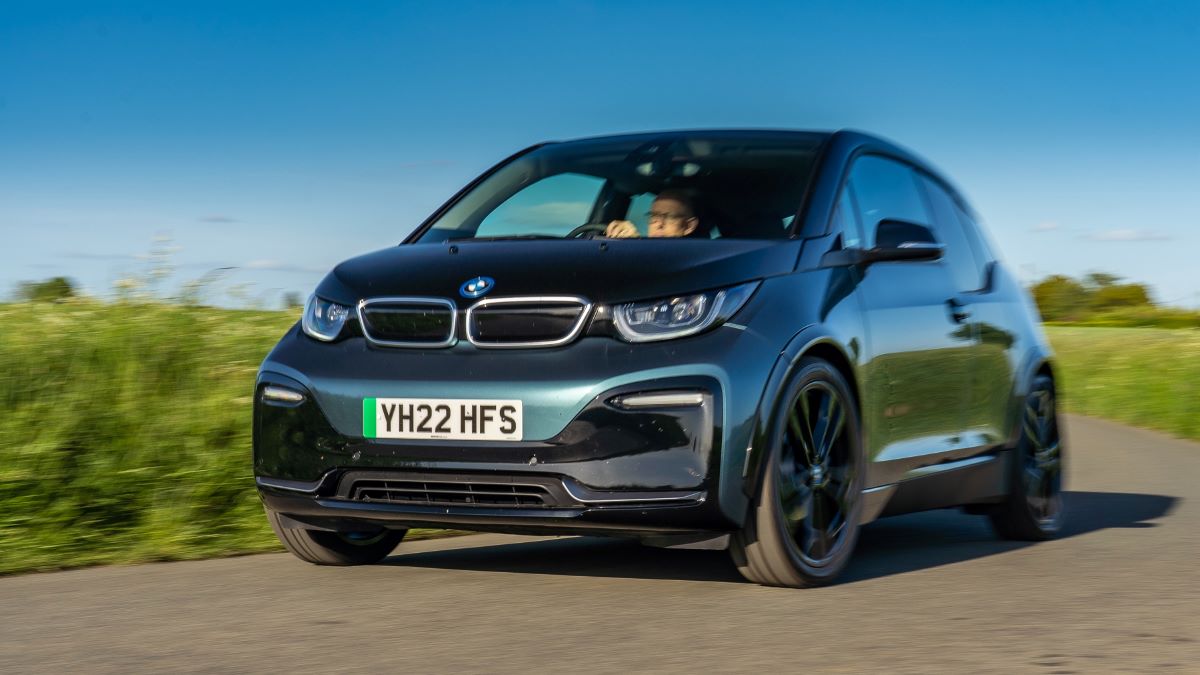
While the BMW i3 was a trailblazer, it didn’t age as gracefully as hoped. Owners looking to drive their EV well past 100,000 miles often face an uphill battle with declining range, increased service costs, and glitchy systems.
It remains an interesting piece of EV history — but for those looking for longevity and peace of mind, it’s a risky bet beyond the 60K mark.
2. Fiat 500e
The Fiat 500e was never intended to be a long-term solution — and it shows. Originally built to comply with California’s emissions requirements, the 500e was a “compliance car” designed to meet state regulations rather than redefine electric driving.
Fiat even sold it at a loss, famously admitting that they hoped few people would actually buy it. While quirky and charming in its early years, the 500e has become notorious for reliability concerns once it crosses the 60,000-mile mark.
One of the most common complaints is battery degradation. The 500e uses a relatively small 24 kWh battery pack with no liquid thermal management, which leaves it vulnerable to heat-related wear.
Owners in warmer climates often report losing 20–30% of their range before hitting 70,000 miles. With an EPA-rated range of just 84 miles when new, even minor losses can severely limit its practicality.
The powertrain, while zippy in urban settings, develops drivetrain noise and vibration issues over time. Some owners have reported reduced throttle response and odd regen behavior with age.
Meanwhile, the single-speed transmission — simple by design — has suffered from motor mount issues and occasional inverter faults that lead to costly repairs.
Electronics are another trouble spot. The infotainment system, basic even by early 2010s standards, often becomes glitchy over time.
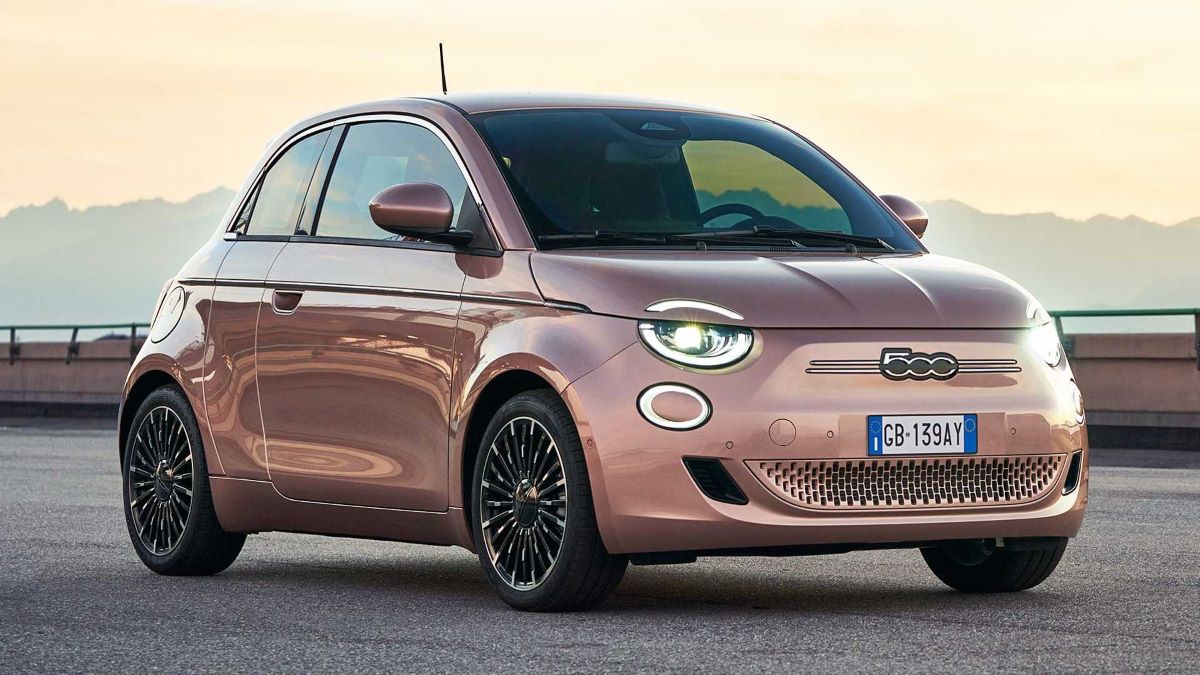
Charging system malfunctions, dashboard display errors, and Bluetooth pairing issues are frequently cited by long-term owners. Even basic components like power windows, keyless entry, and climate controls can start failing after 60,000 miles.
Part availability and service support have also declined since Fiat pulled back from the North American market.
Finding replacement parts or competent EV-trained technicians can be a challenge, and labor costs can quickly exceed the vehicle’s value. Many used examples with relatively low mileage can be found cheap — for a reason.
While the Fiat 500e might work as a short-term urban runabout or second car, it’s far from an ideal long-term EV solution.
Owners who try to push it beyond 60K miles often find themselves dealing with range anxiety, failing electronics, and expensive repair hurdles that make ownership more frustrating than fun.
3. Jaguar I-PACE
The Jaguar I-PACE was a bold move — a luxury performance SUV that placed Jaguar at the front of the EV curve in 2018. It won awards, turned heads, and offered impressive specs: 394 horsepower, all-wheel drive, and a 90 kWh battery good for about 234 miles of range.
But while the I-PACE dazzled at launch, its long-term reliability tells a different story. For many owners, the problems begin surfacing right around the 60,000-mile mark — sometimes earlier.
The most glaring issues involve software and electronics. The I-PACE is packed with tech, from a dual-touchscreen infotainment setup to advanced driver-assist systems. But Jaguar’s Touch Pro Duo system is notorious for freezing, crashing, or lagging over time.
Apple CarPlay and Android Auto drop connections. Instrument clusters may reboot mid-drive. And in many cases, over-the-air updates promised to resolve bugs end up introducing new ones or failing to install entirely.
On the hardware front, the I-PACE’s charging system has been a weak spot. Some units develop onboard charger faults, preventing home charging.
DC fast charging also slows with age, and several owners have experienced persistent issues with the vehicle not recognizing chargers or charging at erratic speeds — sometimes requiring dealer visits to reset.
Battery thermal management has been another sore point. While the I-PACE uses a liquid-cooled system, early models suffered from overheating problems during hot weather or repeated fast-charging.
This not only limits performance but can accelerate battery wear. Degradation has been moderate in some cases, but concerning in others — especially given Jaguar’s high entry price.
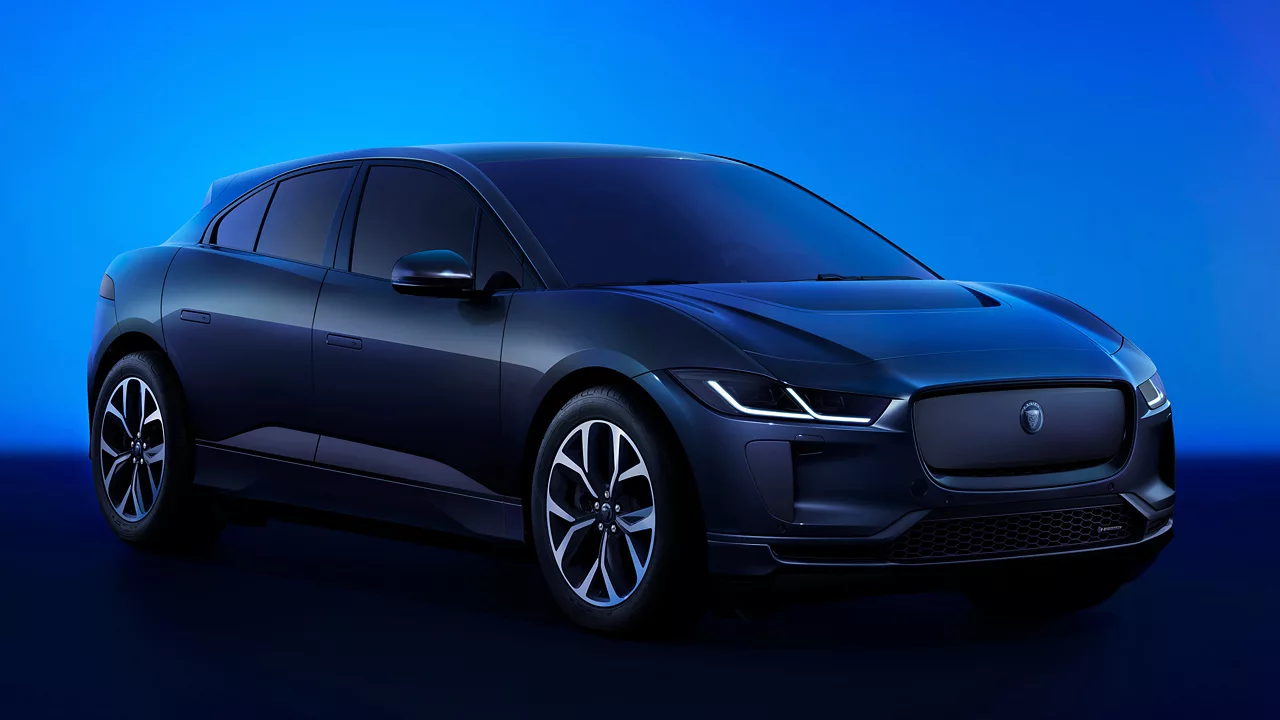
Even mechanical components aren’t immune. Owners report premature suspension wear, noisy drive units, and rear differential issues. The all-wheel-drive system and heavy curb weight place added stress on components that seem to wear out faster than expected in a luxury vehicle.
Adding to the frustration is Jaguar’s spotty dealership service network. EV-specific expertise has been inconsistent, and parts availability — especially for electrical systems — can lead to long delays and expensive repairs.
The I-PACE remains a beautiful and thrilling EV to drive, but for those looking to keep their electric car past 60,000 miles, its ownership experience becomes far more high-maintenance than its polished exterior suggests.
4. Volkswagen e-Golf
The Volkswagen e-Golf was VW’s first serious entry into the EV space before the ID series arrived, and on the surface, it seemed like a winning formula — a familiar Golf platform with electric power under the hood.
For a few years, it offered a quiet, composed, and efficient driving experience. But beneath its clean lines and premium-feeling cabin, long-term reliability has been a letdown. As many owners have found, the e-Golf starts to show significant wear once it crosses the 60,000-mile mark.
One of the biggest concerns is battery range degradation. While the e-Golf’s modest battery — either 24.2 kWh or 35.8 kWh depending on model year — was fine for city driving when new, owners frequently report losing 15–25% of range by 70,000 miles.
With a real-world range of only 80–125 miles depending on configuration, even a modest loss dramatically reduces its usability.
Charging-related issues are also common. Many e-Golf owners experience problems with the onboard charger, such as random failure to charge or inconsistent charge rates.
Some vehicles require the charger to be rebooted or reset via dealership service tools, which can be frustrating and time-consuming.
Electronics and infotainment reliability don’t fare much better. The touch interface — particularly in earlier models — can become unresponsive or sluggish over time. Bluetooth pairing problems, frozen navigation screens, and system reboots become more common in higher-mileage units.
The digital driver display can also develop flickering or dead pixels, which is especially troubling given the cost of replacement.
Mechanically, the e-Golf shares much with its gas-powered siblings, which brings both benefits and drawbacks. Suspension and steering components are relatively easy to source but may need replacement sooner than expected.
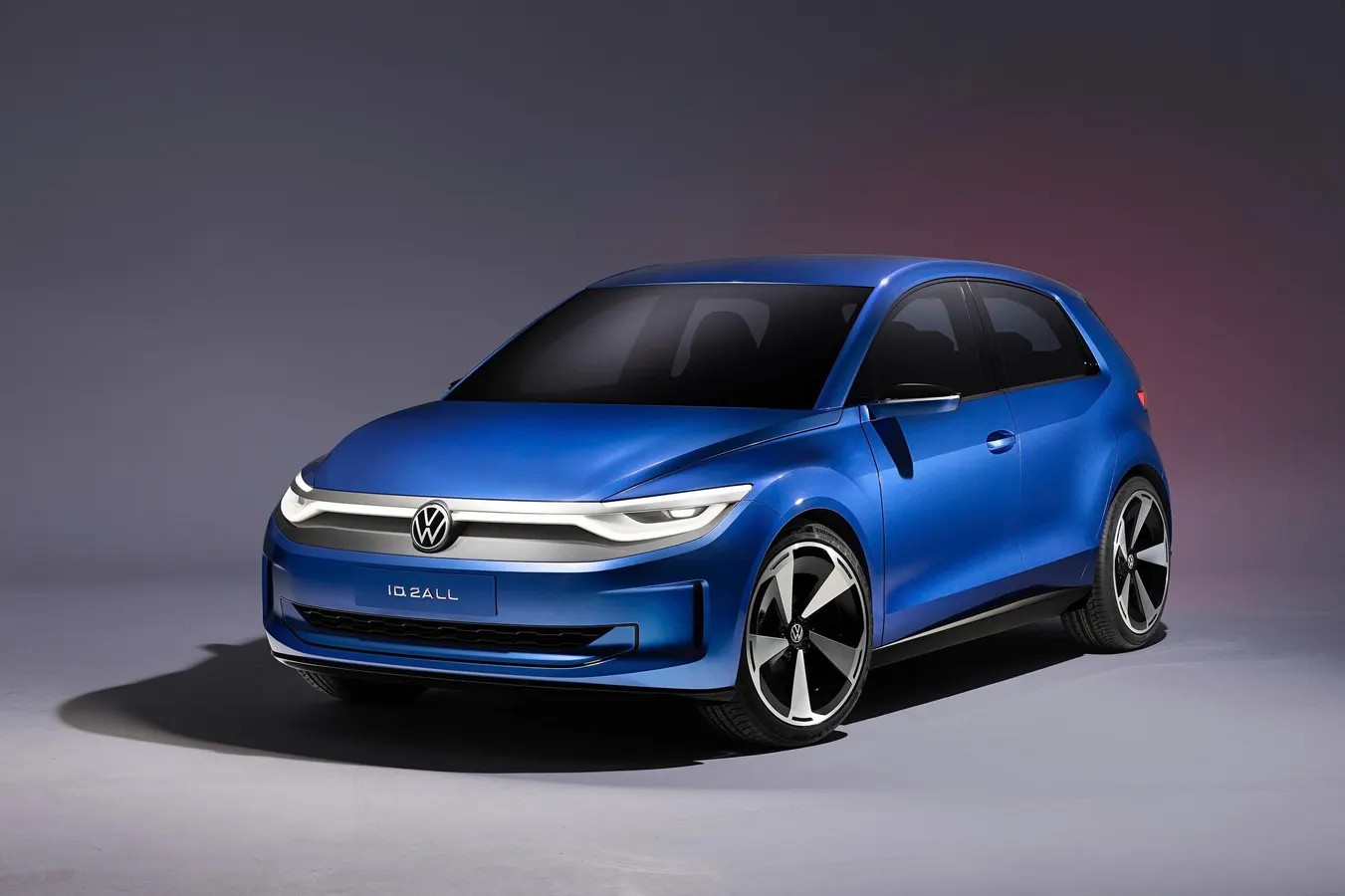
Owners have reported worn bushings, creaking suspensions, and increased drivetrain noise after the 60K mark — not catastrophic failures, but signs of a car aging faster than it should.
While the e-Golf is quiet and well-behaved when new, its long-term reliability record is mixed. High-mileage examples often require expensive battery or charging system attention, and owners may find themselves spending more on service than the car’s market value justifies.
For short-term urban use, it’s serviceable — but if you’re thinking about keeping it past 60,000 miles, be prepared for a bumpier ride.
5. Mercedes-Benz B-Class Electric Drive
The Mercedes-Benz B-Class Electric Drive is one of the more obscure entries in the EV world — and for good reason.
Sold in limited numbers between 2014 and 2017, the B-Class ED was essentially a compliance car, developed in partnership with Tesla, but lacking the polish and durability of either brand’s best efforts.
While it carried the prestige of a Mercedes badge, long-term ownership has revealed that it’s far from a lasting investment. After about 60,000 miles, the B-Class ED begins to unravel in ways that are costly and frustrating.
One of the car’s biggest weaknesses is its battery system. Despite being built using Tesla-supplied components, the B-Class ED suffers from battery degradation and software instability that leads to inconsistent range, long charging times, and unpredictable charging behavior.
Owners have reported range losses of 25% or more by 70,000 miles, and the lack of a robust thermal management system makes it particularly vulnerable in extreme climates.
Charging is another headache. The vehicle uses a less common 10 kW onboard charger that struggles with public infrastructure and occasionally refuses to charge entirely due to software communication errors.
These bugs often require a visit to the dealership — and unfortunately, many Mercedes technicians are not well-versed in supporting this niche vehicle.
Interior electronics also start to wear down quickly. The infotainment system, even when new, was outdated and slow, and it becomes glitchy as the vehicle ages.
Climate controls, dashboard sensors, and even basic power accessories like windows and locks are known to fail after moderate use. Electrical gremlins — such as random warning lights, non-functional regenerative braking, or failing parking sensors — become increasingly common beyond 60,000 miles.
Mechanically, the B-Class ED doesn’t fare much better. Suspension wear, steering play, and drivetrain noise crop up earlier than in competing EVs.
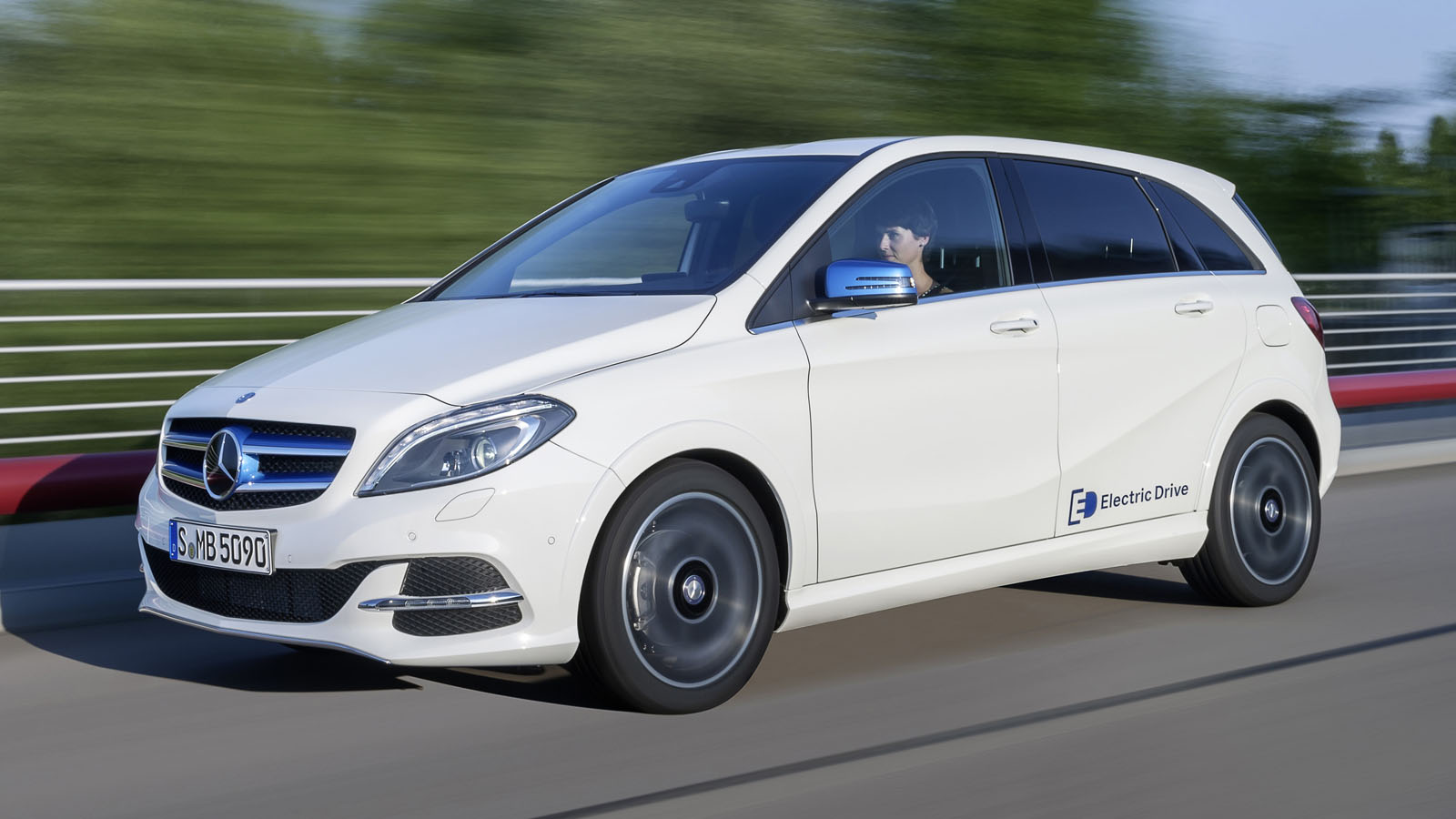
Parts are difficult to source, and labor costs are high, since most dealerships treat it as a low-volume oddity rather than a core Mercedes product.
While the B-Class Electric Drive may look like a premium hatchback, its durability doesn’t match its price tag or badge.
For those who bought in early, it was an interesting experiment. But for anyone considering one used — especially over 60,000 miles — it’s best viewed as a short-term commuter, not a long-term solution.
As electric vehicles become more mainstream, the importance of long-term durability is growing — and real-world experience is beginning to separate the lasting contenders from the early failures.
The promise of an EV has always been enticing: fewer moving parts, less maintenance, and long-range efficiency.
But as many owners are discovering, that promise only holds up in certain models. Longevity, it turns out, is not a guarantee in the EV world — it’s earned through smart engineering, quality components, and proven design.
The five EVs that last beyond 200,000 miles — the Tesla Model 3, Chevrolet Bolt EV, Nissan Leaf, Tesla Model S, and Hyundai Kona Electric — succeed because they blend strong battery management with consistent build quality.
These cars aren’t just surviving; they’re thriving with six-figure mileage, often retaining 85–90% of their original battery capacity and needing only minor maintenance.
In a market filled with tech for tech’s sake, these models focus on doing the fundamentals right — and it shows in their long-term performance.
On the flip side, vehicles like the BMW i3, Fiat 500e, Jaguar I-PACE, Volkswagen e-Golf, and Mercedes-Benz B-Class Electric Drive paint a more cautionary tale. These EVs, while often innovative or stylish at launch, begin to show serious flaws after just 60,000 miles.
Whether it’s battery degradation, glitchy electronics, or poor service support, they become expensive and unreliable to maintain, especially outside warranty. For budget-minded shoppers or second-hand EV buyers, these pitfalls can turn into major headaches.
Ultimately, the difference between a great EV and a regrettable one isn’t always visible on a spec sheet. It’s seen in how a car holds up over years of charging cycles, city commutes, and seasonal wear.
As the used EV market continues to expand, knowing which vehicles can handle the long haul — and which are best avoided past their prime — will be critical.
EVs may be the future, but like anything in the automotive world, some are built for the long road ahead, while others aren’t built to go the distance. Smart buyers will know the difference — and steer accordingly.
Also Read: 5 Engines That Thrive at High RPM and 5 That Can’t Handle Daily Driving Stress

